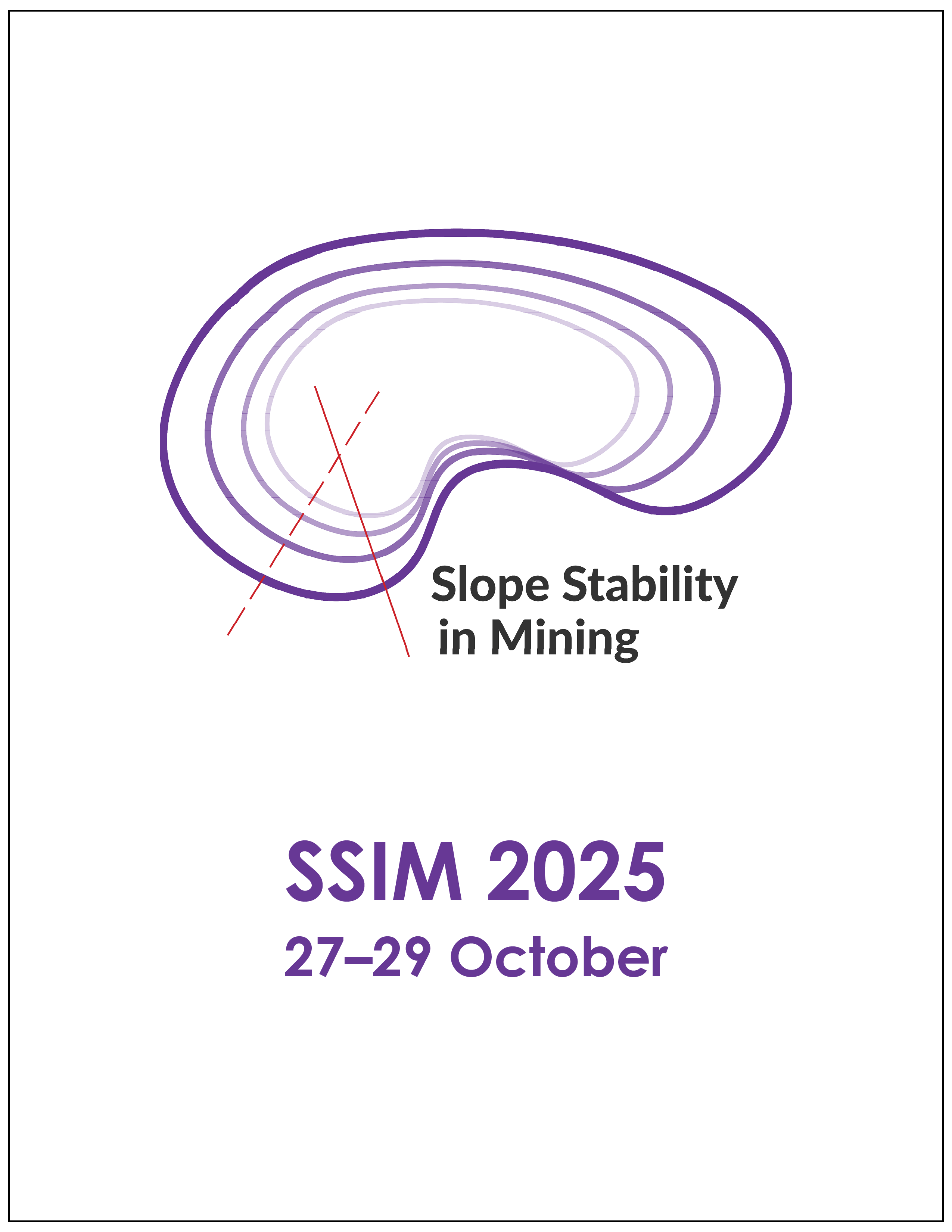Informing an operational slope stability feedback loop: integrating InSAR monitoring and 3D modelling at Gamsberg Mine

|
Authors: Pretorius, M; Bas Leezenberg, P; Pretorius, J; Gkikas, I; Narshai, P |
DOI https://doi.org/10.36487/ACG_repo/2535_52
Cite As:
Pretorius, M, Bas Leezenberg, P, Pretorius, J, Gkikas, I & Narshai, P 2025, 'Informing an operational slope stability feedback loop: integrating InSAR monitoring and 3D modelling at Gamsberg Mine', in JJ Potter & J Wesseloo (eds), SSIM 2025: Fourth International Slope Stability in Mining Conference, Australian Centre for Geomechanics, Perth, https://doi.org/10.36487/ACG_repo/2535_52
Abstract:
Effective slope monitoring is critical for safe and productive open pit mining operations. This paper presents a case study from the Gamsberg Mine in South Africa, illustrating how integrating interferometric synthetic aperture radar (InSAR) data with three-dimensional (3D) numerical modelling created a feedback loop for early, actionable insights into slope stability. A radar-centric approach just highlights areas of movement. However, a successful integrated approach interprets compound and varied deformation signals observed with SAR through the lens of geological and operational context. Non-critical displacement, such as those that fall below alarm threshold values, are essentially ‘noise’ from a risk perspective. The approach we show is enhancing the detection of high-risk displacement trends, by observing trends in data. High-resolution InSAR data provide a broad area overview of ground movement, while 3D numerical modelling predicts likely zones of failure and the potential progression of instability. In several instances, accelerating deformation trends were observed well before visible signs of slope distress emerged, enabling timely design adjustments and targeted interventions. By correlating actual displacement measurements with modelled deformation patterns, engineers gained a more robust framework for identifying and mitigating risk. We show 3 examples: InSAR flagged movement in a previously failed area A: upon further inspection however, the geotechnical team confirmed it was only surface-level settling, reducing immediate risk but nevertheless it was decided to monitor this area with a ground-based radar. Numerical modelling predicted areas of potential instability in area B: InSAR displacement trends were compared against these predictions to validate real-world movement. After an undercutting episode in area C: InSAR confirmed movement in areas not previously identified, aligning with model predictions. Combining high-quality satellite data and InSAR processing with rigorous contextual analysis and numerical simulations paves the way for proactive slope optimisation. This integrated monitoring approach can be applied to other mining environments to improve safety, reduce downtime, and optimise extraction plans.
Keywords: 3D modelling, deformation, InSAR
References:
Dossymbek, D & Mortazavi, A 2021, ‘North wall stability analysis of Vasilkovskoye open pit Kazakhstan’, in R Hammah, T Yacoub,
A McQuillan & J Curran (eds), The Evolution of Geotech - 25 Years of Innovation, CRC Press, London.
Grix, Q 2024, Gamsberg West Pit Geotechncial Assessment, Open House Management Solutions.
Grix, Q & Bosman, J 2021, Optimisation of Gamsberg Stage 2 Slope Designs, Open House Management Solutions.
Pretorius, MW 2024, West Pit Long Term Stability Concerns, Vedanta Zinc International.
Scoular, J 2024, The Ultimate Guide to Using InSAR, Skygeo, Delft.
Sharon, R & Eberhardt, E 2020, Guidelines for Slope Performance Monitoring, CSIRO Publishing, Collingwood.
© Copyright 2025, Australian Centre for Geomechanics (ACG), The University of Western Australia. All rights reserved.
View copyright/legal information
Please direct any queries or error reports to repository-acg@uwa.edu.au
View copyright/legal information
Please direct any queries or error reports to repository-acg@uwa.edu.au

